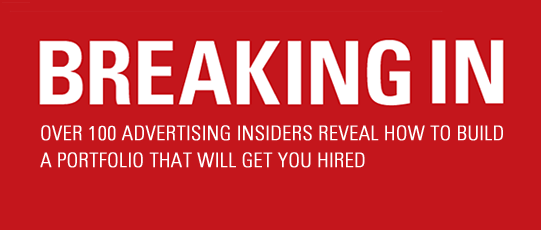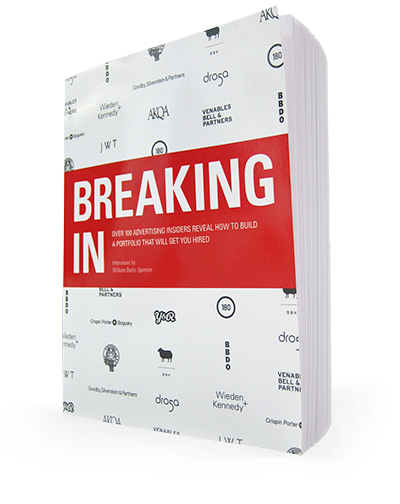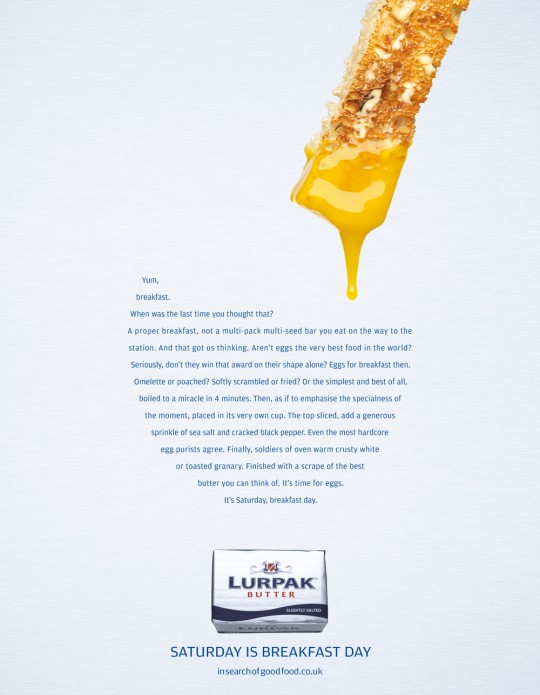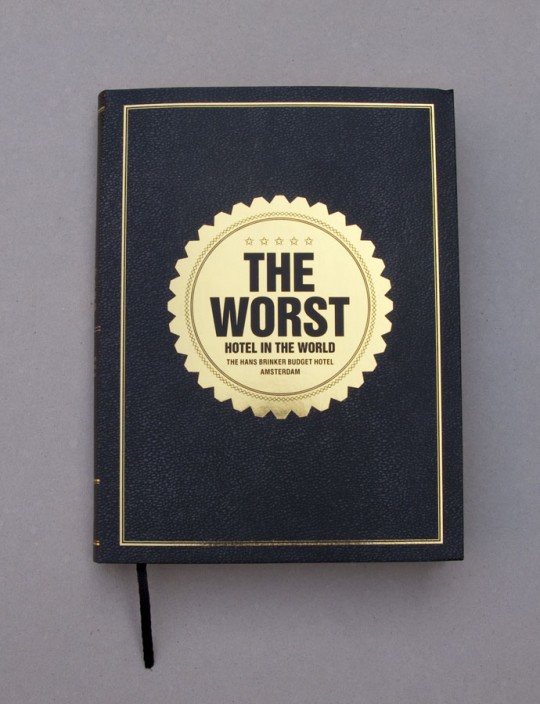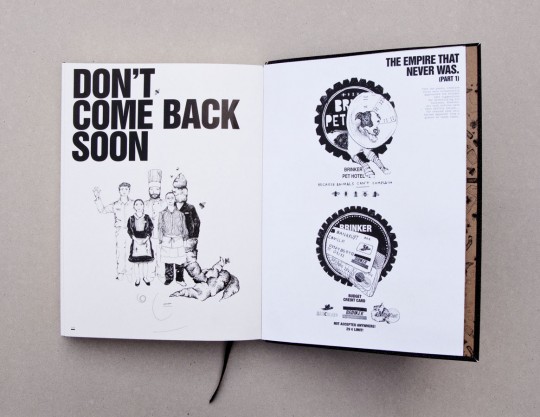Check out some great work from Crockett Jeffers.
WS: Do you think books have changed recently?
CJ: From when I put my book together, and I finished at the Ad Center [now VCU Brandcenter] in 1999, it’s changed so much that I feel like I kind of got in when it was still relatively easy to get a job in advertising. Because it was just print ads, and you could do spreads and maybe you might have an outdoor idea like a bus shelter, or a billboard, or something like that. But this was before people started putting guerrilla ideas in their book or anything interactive. It seems like that came not too long after, but now you have to. I think you have to show so much more of who you are and show that you’re an interesting person and can think beyond just the page. Like a print ad, I think now, is pretty boring to a lot of people; but at the same time we still do a lot of print and you still have to know how to write a headline. And so I think there’s probably some sort of balance or a sweet spot in there where you can show that you do a headline, and a great headline, and then you also can do a website and write in the interactive space.
WS: How do you think you should show your personality in a book? Through ads, or through other things than ads?
